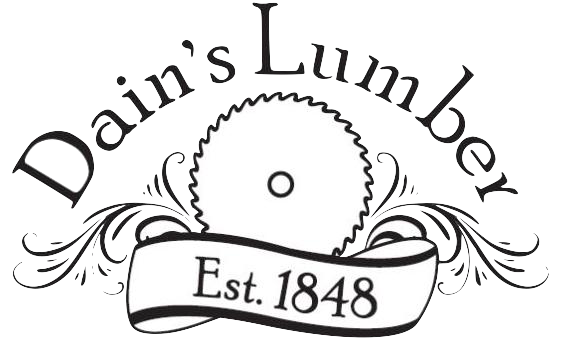
Tropical. Height 150 feet to 160 feet. Trunk diameter of 6 feet to 8 feet. The Asiatic teak may achieve a huge trunk circumference of 40 feet. Distribution: southern India, Thailand, Burma and Java; also Laos, Cambodia, Vietnam and the East Indies. Grown in commercial quantities throughout Southeast Asia, numerous plantations have recently been developed within this natural range and also in tropical areas of Latin America and Africa. Because it can be harvested in as little as 60 years it is an ideal plantation species. As the forest grown teak becomes increasingly hard to bring out, plantations are a cost effective answer.
Teak naturally grows in groups among other tropical species. It is a very hard, heavy, strong wood, distinctively oily to the touch. This oil in the grain makes teak very durable. It is a "natural preservative" making all applied treatments totally unnecessary. It is resistant to insects, fungus, and marine borers; termites won`t touch it! It is also resistant to rot and moisture damage. When first cut, it is a tawny golden color streaked with dark brown and gold. The color lightens as it dries and can look white when it has been aged and sun bleached, as on boat decks.
Teak is one of the most valuable of all woods. It is expensive due to its scarcity and because it is so difficult to harvest and transport. The over-riding advantage of teak is its unique ability to prevent rust and corrosion when in contact with metal. This makes it invaluable in the shipbuilding industry and exterior millwork applications Teak finishes well and when stained can look like ebony or mahogany. Due to its oil content, pretreatment is, at times, necessary to ensure good glue bonding. Teak works well with both hand and machine tools. Because of the presence of silica in the grain it has a tendency to dull tools, but this can be overcome with proper tool usage. It is readily available as veneer and as lumber. Teak is used principally in shipbuilding and in the construction of expensive boats and yachts. Because of its decay resistance, it is used extensively in interior decking, millwork, trim and windows; also for garden furniture, park benches and many marine applications. Indoors it is used for flooring and paneling in banks, auditoriums and offices. It is strongly associated with Scandanavian, Chinese and modern furniture design and decorative objects.
